Mashed avocado is a versatile and nutritious ingredient that can be used in a variety of dishes, from spreads and dips to toppings and fillings. However, due to its tendency to brown quickly when exposed to air, proper storage is essential to maintain its freshness, taste, and vibrant green color.
By following a few simple techniques on how to store mashed avocado, you can keep your mashed avocado fresh for longer and reduce food waste.
What is Mashed Avocado?
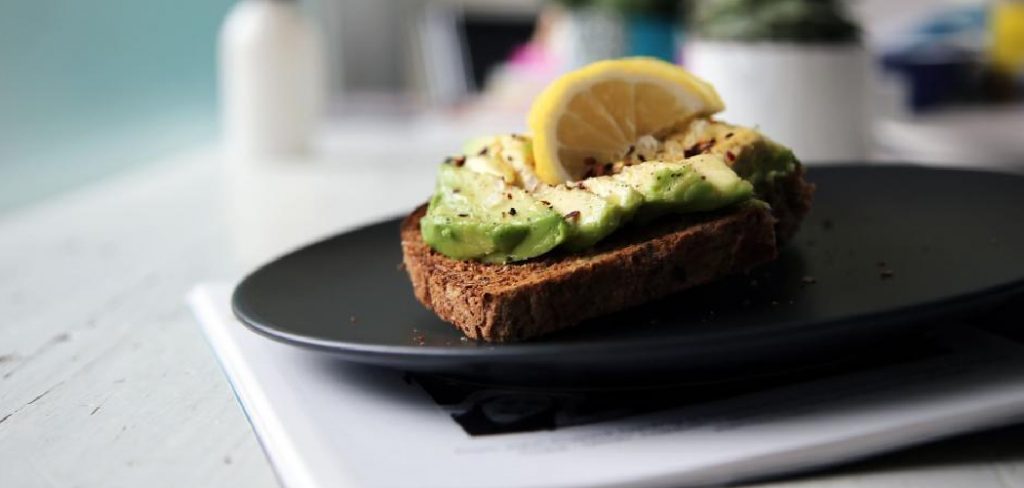
Mashed avocado, also known as guacamole or avocado paste, is made by mashing ripe avocados with a fork or blending them in a food processor. It can be used as a base for various dishes or simply enjoyed on its own as a dip.
Avocados are packed with essential nutrients such as healthy fats, fiber, vitamin C, and potassium. They are also low in carbohydrates, which makes them a popular choice among those following a keto or low-carb diet.
Signs of Spoiled Mashed Avocado
To ensure the safety and quality of your mashed avocado, it is essential to be aware of signs of spoilage. Here are some indicators that your mashed avocado has gone bad:
Mold or Visible Discoloration
If you see any mold growth or black/brown spots on the surface, it’s a clear sign of spoilage. Discard the mashed avocado immediately as it can cause foodborne illnesses.
Foul Smell
If your mashed avocado has an unpleasant odor, it’s a sign that it has started to spoil. Trust your senses and discard the mashed avocado if it smells off.
Slimy Texture
Spoiled mashed avocado will have a slimy and mushy texture instead of smooth and creamy. Avoid consuming it in this state.
Needed Materials
Ripe Avocados
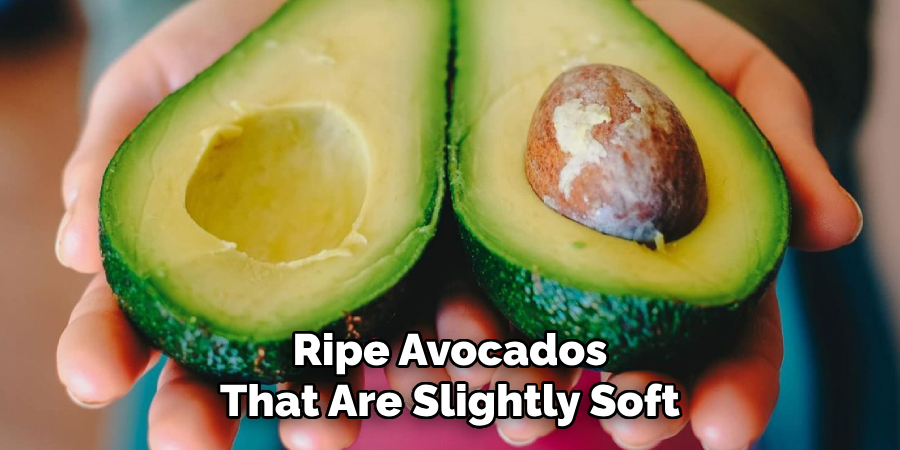
To make mashed avocado, you will need ripe avocados that are slightly soft to the touch. You can tell if an avocado is ripe by gently pressing on the skin – it should yield to light pressure without being too mushy. Unripe avocados will not mash well and may have a bitter taste.
Citrus Juice
Adding citrus juice, such as lemon or lime juice, helps prevent mashed avocado from browning quickly. The natural acids in citrus fruits slow down the enzymatic reaction that causes avocados to brown.
Airtight Container
Proper storage of mashed avocado requires an airtight container to limit its exposure to air and prevent oxidation. Glass containers or plastic containers with a tight-fitting lid work best.
Plastic Wrap
If you do not have an airtight container, you can also use plastic wrap to cover the mashed avocado directly. Press the plastic wrap gently against the surface of the avocado, making sure there are no air pockets.
8 Step-by-step Guide on How to Store Mashed Avocado
Step 1: Prepare the Mashed Avocado
Begin by mashing ripe avocados into a smooth or slightly chunky consistency, depending on your preference. Use a fork, potato masher, or food processor to achieve the desired texture. If you plan to use the mashed avocado later, immediately add citrus juice, such as lemon or lime juice, and mix it thoroughly.
This will help preserve the bright green color and slow down browning while adding a tangy flavor to complement the avocado. For every mashed avocado, use approximately 1 tablespoon of citrus juice.
Step 2: Choose the Right Container
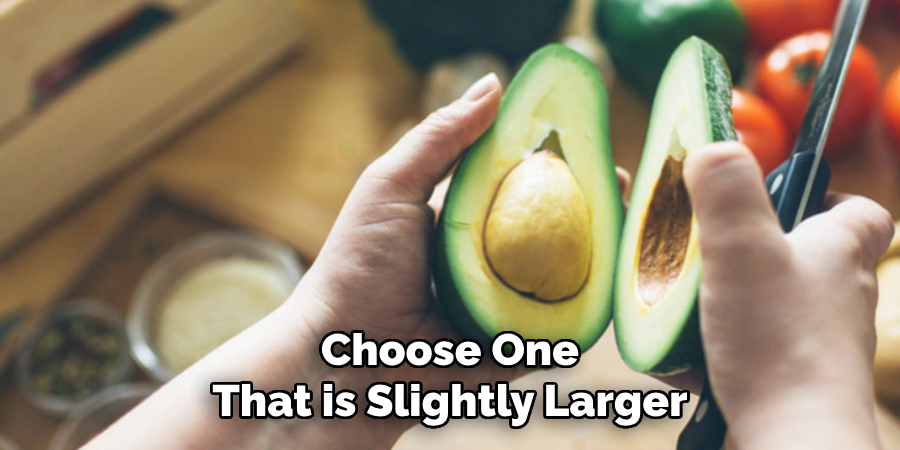
Select an airtight container or one with a tight-fitting lid that is just large enough to hold the amount of mashed avocado. Leaving too much empty space in the container can cause more exposure to air and result in faster browning.
If you do not have an airtight container, choose one that is slightly larger than your mashed avocado so that there is room for plastic wrap (step 4).
Step 3: Transfer Mashed Avocado into the Container
Carefully scoop the mashed avocado into the chosen airtight container. Use a spoon or spatula to spread it out evenly, ensuring there are no air pockets trapped within the mixture.
Smoothing the surface helps reduce the amount of air that comes into direct contact with the mashed avocado, which can slow down the browning process. Take care to handle the avocado gently to maintain its desired texture.
Step 4: Cover with Plastic Wrap (Optional)
If you are not using an airtight container, cover the surface of the mashed avocado with plastic wrap to minimize air exposure. Tear off a piece of plastic wrap large enough to fully cover the container’s opening. Press the plastic wrap gently but securely against the surface of the mashed avocado, ensuring that there are no air pockets between the wrap and the avocado.
This will create a protective barrier and reduce oxidation, helping to maintain the vibrant green color and freshness of the mashed avocado.
Step 5: Seal the Container
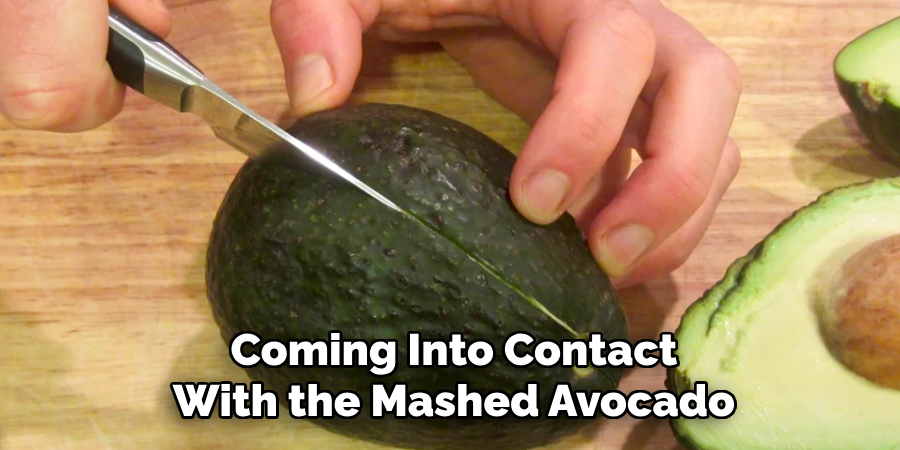
If you are using an airtight container, secure the lid firmly to create a tight seal. This will prevent air from entering and coming into contact with the mashed avocado, which helps slow down the browning process.
Double-check that the lid is properly aligned and fully closed to ensure the best results. If you have used plastic wrap in addition to the container, make sure the wrap is securely in place before sealing the lid. Proper sealing will help preserve the freshness and flavor of your mashed avocado for a longer period.
Step 6: Store in the Refrigerator
Place the container of mashed avocado in the refrigerator and ensure that it is stored on a flat surface. This helps prevent any spillage or air pockets from forming within the container.
The ideal temperature for storing mashed avocado is between 34°F to 40°F (1°C to 4°C). Refrigeration slows down enzymatic browning, allowing you to keep your mashed avocado fresh for up to two days.
Step 7: Remove From the Fridge Before Serving
When ready to use, take out the container and let it sit at room temperature for about ten minutes before serving. Resting at room temperature allows the mashed avocado to soften and brings out its full flavor.
If you have used plastic wrap, carefully remove it before serving.
Step 8: Properly Store Leftovers
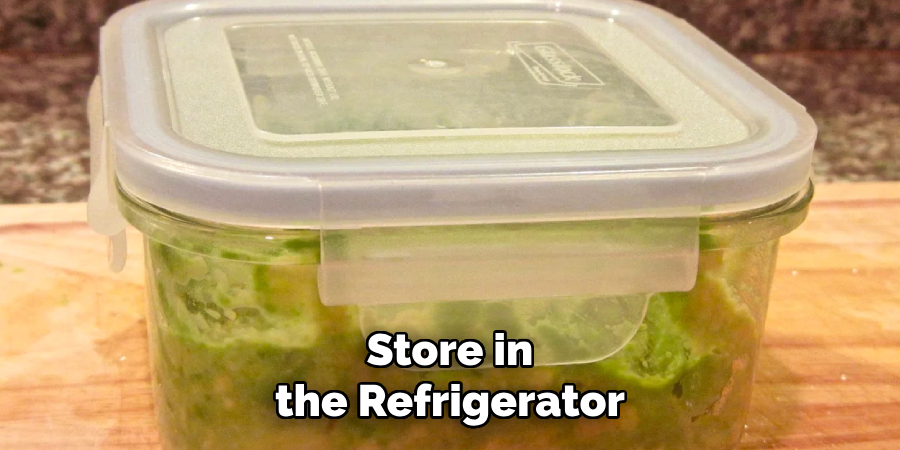
If you have any leftover mashed avocado, repeat the same process of transferring it into an airtight container or covering it with plastic wrap and sealing the lid. Store in the refrigerator for up to two days. For longer storage, consider freezing your mashed avocado (see next section).
Following these simple steps on how to store mashed avocado will help you have fresh and delicious mashed avocado whenever you need it. With proper storage, you can enjoy this versatile ingredient in a variety of dishes or as a healthy snack without worrying about waste or spoilage.
Tips for Freezing Mashed Avocado
If you want to store your mashed avocado for longer than two days, freezing is an excellent option. Here are some tips to keep in mind when freezing mashed avocado:
- Use an airtight container or heavy-duty freezer bag to prevent air from coming into contact with the avocado.
- Leave about half an inch of space at the top of the container to allow for expansion during freezing.
- Label the container or bag with the date before placing it in the freezer.
- Frozen mashed avocado can last for up to six months in the freezer.
- To thaw frozen mashed avocado, place it in the refrigerator overnight or defrost it in the microwave using the ‘defrost’ setting.
- For best results, use thawed mashed avocado within two days and do not re-freeze previously frozen avocado.
By following these tips, you can enjoy delicious mashed avocado all year round without worrying about spoilage. Experiment with different recipes and uses for your frozen mashed avocado, such as dips, spreads, or even homemade guacamole!
Frequently Asked Questions
Q1: Can I Store Mashed Avocado for Longer Than Two Days?
A1: Yes, you can freeze mashed avocado to extend its shelf life. Follow the tips mentioned above for proper freezing and thawing methods. The mashed avocado can last for up to six months in the freezer.
Q2: Can I Freeze Whole Avocados for Later Use?
A2: Yes, you can freeze whole avocados, but they will change the texture and become mushy when thawed. It is best to use them in smoothies or dips rather than eating them as slices after freezing.
Q3: Can I Use Frozen Mashed Avocado for Recipes That Call for Fresh Avocado?
A3: While frozen mashed avocado may not have the same texture as fresh avocado, it can still be used in recipes that call for fresh avocado. It works best in blended dishes such as dressings or dips. For salads or other recipes where texture is important, it may be best to use fresh avocado.
Q4: Can I Store Mashed Avocado at Room Temperature?
A4: It is not recommended to store mashed avocado at room temperature as it will quickly spoil due to its high-fat content. Refrigeration is the safest and most effective method for storing mashed avocado. Overall, properly storing your mashed avocado can help you enjoy this delicious and nutritious ingredient for longer periods without fear of waste or spoilage. Experiment with different storage methods and find what works best for you and your favorite dishes! Happy cooking!
Conclusion
Properly storing mashed avocado ensures you can enjoy its freshness, flavor, and vibrant color for longer periods. Whether you’re refrigerating it for short-term use or freezing it for future recipes, following the recommended steps on how to store mashed avocado outlined above will minimize browning and waste.
With a little preparation, you can have ready-to-use mashed avocado at your fingertips, perfect for a variety of dishes or snacks. Take advantage of these tips to make the most out of this nutritious and versatile ingredient.
Professional Focus
Angela Ervin, a former interior designer turned blogger, specializes in kitchen design and renovations. Through her website, she blends her passion for cooking with design expertise, sharing practical and creative ideas. Known for balancing functionality and beauty, Angela’s insightful content has made her a trusted voice in home design and lifestyle.
About the Author
Angela Ervin, an experienced interior designer and blogger, combines her passion for kitchen renovations with storytelling. Living in Petersburg with her family, she enjoys cooking and testing her projects firsthand. Known for her humor and relatable style, Angela shares creative, functional design insights through her content, making her a trusted voice in home design.
Education History
University: Virginia Commonwealth University
Degree: Bachelor of Fine Arts (BFA) in Interior Design
- Angela’s education at VCU focused on mastering core interior design principles, including spatial planning, color theory, materials selection, and sustainable design practices.
- She gained hands-on experience through studio projects and collaborative design exercises, which honed her ability to create functional and aesthetically pleasing environments.
- Her coursework also emphasized problem-solving and practical applications of design, preparing her for real-world projects like her self-directed kitchen renovations.
- The program’s strong foundation in both technical skills and creative expression shaped Angela’s ability to seamlessly integrate form and function in her work.


